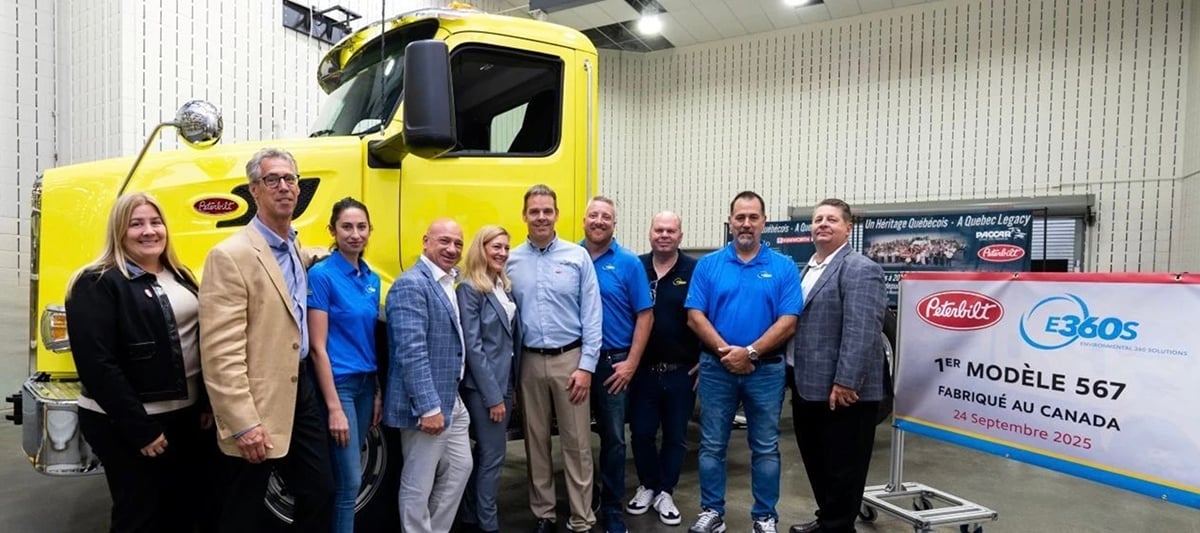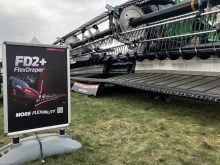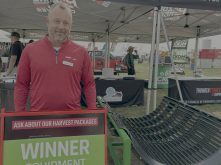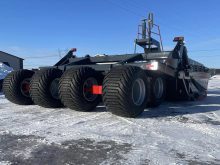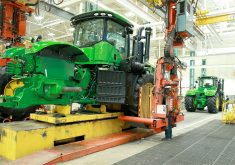In 1982, Canadian Kenworth’s assembly plant just off Boundary Road in Burnaby , B.C., was permanently closed. Production of medium duty Kenworths went to Quebec, but Class 8 truck assembly went south of the border.
Just a couple of miles away from Boundary Road, the Western Star truck assembly plant was still in operation, but in 2002 it was eventually relocated to Portland, Oregon, after being acquired by Daimler Trucks North America.
By late 1991, Pacific Trucks, another British Columbia-based heavy truck manufacturer, had closed its doors.
Read Also

New Alberta funding for program hopes to further unlock agritourism industry in province
Alberta Farm Fresh Producers Association is launching a new initiative thanks to $300,000 of provincial funding to bolster Alberta’s smaller scale family farms and agritourism sector.
Massey Ferguson and White Farm Equipment plants in southern Ontario closed in the 1980s due to bankruptcies.
Classic car enthusiasts will know that before the 1965 Canada-U.S. Auto Pact, there were specific car models built and available only in Canada, a direct result of import tariffs. However, after that agreement was signed, the automotive manufacturing sector in Canada changed, becoming limited to fewer models to take advantage of economies of scale, exporting some to the United States and importing others.
Most ag equipment, however, crossed the 49th parallel tariff free, so major brand original equipment manufacturers continued to supply much of the Canadian market from its U.S. plants.
That left Canadian buyers of equipment, trucks and automobiles highly dependent on U.S. production.
All of that worked pretty seamlessly, but then Donald Trump became president and brought in the highest U.S. tariffs in a century.
In a recent report, the Organization for Economic Co-operation and Development said that by August, U.S. tariffs on almost all countries reached an effective rate of 19.5 per cent.
Because vehicle and equipment manufacturing relies heavily on a global supply chain, input costs to manufacturers inside the U.S. have skyrocketed. So now deliveries of vehicles and machinery to Canadian dealers also face higher sticker prices from U.S. import tariff cost because of the dependence on U.S.-based production.
In order to sidestep that problem, some ag equipment and automotive manufacturers are now adjusting their production and distribution to avoid tariff costs in relation to supplying the Canadian market.
Claas recently announced a major change to its Canadian business. To sidestep increased costs for its U.S. combine production, deliveries to Canadian customers will now come directly from its production facility in Germany, rather than from its Omaha, Nebraska, assembly plant.
This spring, Agco temporarily suspended machinery shipments to North America from overseas manufacturing facilities due to tariff uncertainty and said it was re-evaluating its delivery strategy for North America, possibly shipping those overseas-built machines directly to Canada and bypassing existing distribution channels that run through the U.S.
“(For many European manufacturers), it just made sense to have a single North American distribution point,” says Carlo Dade, director of international policy and new North America initiatives at the University of Calgary.
“I guess the uncertainty of the tariffs has simply re-jigged the supply chain thinking and planning. Folks have known there were potential savings, but no one seemed motivated enough in the past. So its interesting this is where the complacency may be shaken.”
It isn’t just the shipping routes of overseas manufacturing that’s changing; North American production is changing, too.
In late September, Paccar announced Class 8 Peterbilt brand trucks intended for Canadian customers will now be built at its facility in Sainte-Thérèse, Que., which had only been producing a limited range of lighter trucks.
“Peterbilt’s flexible manufacturing strategy enables us to manufacture trucks locally in the markets in which they are sold,” Tina Albert, Peterbilt’s assistant general manager, operations, said in a press release.
“In Canada, we are able to expand from manufacturing medium duty trucks to now include Model 567s and other heavy duty vehicles, including electric vehicles in the future as demand increases.”
In July, Ford announced it was investing roughly US$3 billion to expand Super Duty pick-up assembly to its Oakville, Ont., plant. The company said the move will also result in an increase in production at its Windsor, Ont., engine assembly plant, which will produce V-8 engines for the Super Duty trucks.
“We started to see what I call de-hyperglobalization before the tariff phenomenon,” Dade said.
“The hyper is, ‘let’s squeeze globalization as much as we can and get another half a cent per ton.’ After COVID, people started saying, ‘maybe that extra half a cent per ton isn’t worth the hassle.’ I don’t know if we’d have come to this point without the tariffs or if they just accelerated the trend.”
However, Dade wonders what the impacts of a return to simplified supply chains and more local production will have on the economy at large.
“If we’re going to start shortening supply chains, what does that mean for us in North America? It means skills, training, transportation issues. All that stuff starts to come back into play,” he said.
“I think there may be some opportunities, but we should be doing the thinking and try to get ahead of these proposed changes in the global economy, rather than what we’ve been doing 99 out of 100 times, just reacting.”
Another question is how much of the evolving readjustment in manufacturing will remain if U.S. tariffs are suddenly removed?
“I think a lot,” Dade said.
“There’s going to be a retrenchment, but it’s going to vary by sector, by industry and by geopolitics.”
He said the relationship with the U.S. has now been altered for the long term, and it isn’t the first time — former U.S. president Richard Nixon’s administration suddenly added tariffs in the early 1970s.
The long-term reliability of the U.S. as a dependable trading partner has been significantly tarnished, he added.
“The Americans are resetting the rules. They’ve raised the price of access to the U.S. market, and I don’t see them lowering it anytime soon, given the mood in the U.S.”
The end result is Canada’s manufacturing landscape may soon revert to something close to what existed a couple of generations ago.
“I remember hearing someone say, those who don’t study history aren’t doomed to repeat it, because we repeat it anyway,” Dade said.


